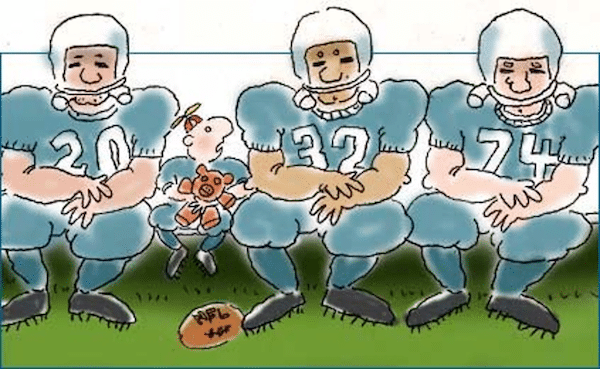Changing Perceptions of Career Schools

From Back-Up Plan to First Choice
Ask a high school student what they want to do after graduation, and you’ll likely hear the word “college.” Ask them if they’ve considered a career school—a program focused on trades, technical skills, or certifications—and many will look puzzled or unsure.
That reaction isn’t accidental.
For decades, vocational education has lived under the shadow of the four-year degree, seen by many as the back-up option for students who “couldn’t” go the traditional route. But that perception is outdated, and frankly, damaging.
It’s time to change the way we talk about—and value—career-focused education.
Where the Stigma Started
The perception of career schools as “less than” took root in the latter half of the 20th century, when college attendance became closely tied to upward mobility and professional respect. With the rise of white-collar jobs and the information economy, hands-on work was increasingly portrayed as “dirty,” “blue-collar,” or “low status.”
Meanwhile, vocational programs were often underfunded and siloed from academic tracks in high schools. That separation—both physical and cultural—further reinforced the idea that these paths were for “other” students.
Add in decades of guidance counselor messaging, parental pressure, and Hollywood stereotypes, and career education became synonymous with limitation instead of liberation.
The Reality Today
Today’s career schools tell a very different story. Across the country, accredited institutions are training students to:
- Become medical technicians, electricians, coders, welders, and dental hygienists
- Earn certifications faster and more affordably than college degrees
- Enter industries desperate for skilled workers—with jobs waiting on the other side
Many career-focused programs now offer:
- Stackable credentials that lead to advanced positions
- Flexible scheduling for working adults
- Strong employer partnerships for job placement
These aren’t fallback options. They’re strategic, purpose-driven pathways to upward mobility.
Who Chooses Career Schools?
More and more, the answer is: everyone.
- Adult learners pivoting careers after layoffs or burnouts
- Young people eager to enter the workforce without years of debt
- Veterans, caregivers, and working parents seeking flexible, skill-based training
These students aren’t opting out of traditional college. They’re opting into something more aligned with their goals, timelines, and values.
Time to Reframe the Conversation
It’s time to stop framing career education as a second choice.
Let’s stop asking “Why didn’t you go to college?”
And start asking “What do you want to build—and how can we help you get there?”
Changing perception starts with language. It starts with parents, counselors, and employers recognizing that dignity exists in all forms of work—and that there’s more than one road to success.
Final Thought
Career schools aren’t a detour. They’re a destination. And as we rethink the future of work, education, and opportunity, we must give career-focused institutions the spotlight they deserve.
At Dealing With Debt, we believe that every smart financial choice begins with self-awareness and access. Whether you’re choosing a path, rethinking your future, or advising someone else—we’re here to reduce stress, build confidence, and help you find the path that fits—one bold step at a time.
Next Up: “How Trades Lost the Marketing Battle to Traditional Colleges”






Responses